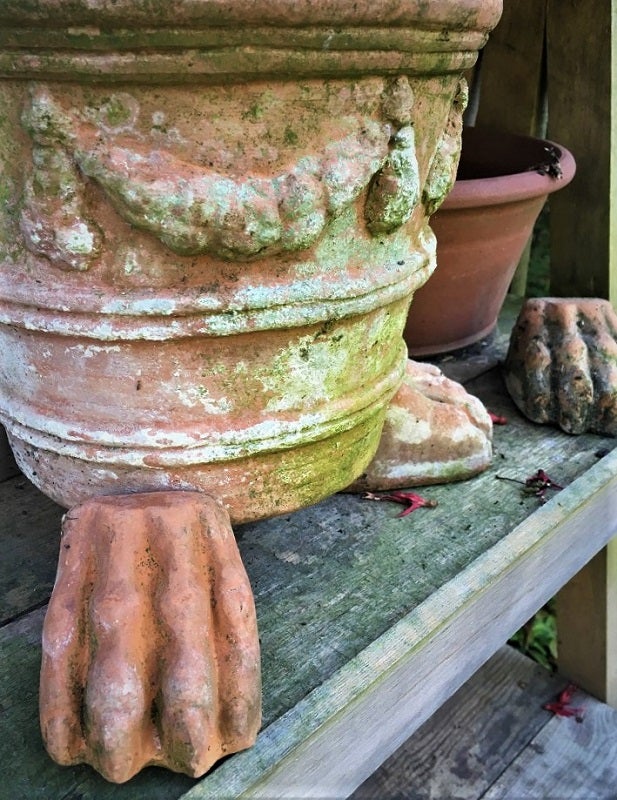Honeybees, my girls
Published 12:28 pm Saturday, March 9, 2019
When I talk about my Hives it is normal for me to refer to the bees as “My Girls” or my “Ladies”.
Most are truly girls, all the work in a hive is performed by female bees. The drones (male bees) are only around in the Spring and Summer when the bees understand they may need a few males around to mate with a new queen.
That is the drones single role in life, to breed with a new queen. Once mating is complete he dies, or in the Fall when the workers (girl bees) decide drones are no longer needed they are pushed out of the hive and left to starve. No, being a drone might be nice for a while, a short while.
But back to “my girls”, they are fascinating, every task in the hive from cleaning, to comb building, wax production, guarding the hive, collecting pollen nectar or water, nursery task, feeding the young, caring for the queen and selecting when a new queen needs to be raised are all done by the “girls”.
There is NO supervisor, no BOSS bee.
Every individual bee acts as a equal part of the hive for the benefit of the hive. If only our political leaders could act this way.
Each bee seems to know just what to do and when to do it. Many of the tasks seem to be age oriented.
A young bee will begin by cleaning the hive, then move to wax production and comb building. A little older and they begin nursery duty by checking on and feeding the young larvae.
At about three weeks, they make their first flight out of the hive to get oriented and will spend the last three-four weeks of their life collecting resources, nectar, pollen or water. That’s correct the life span of a honeybee is only about six-seven weeks, they just work themselves to death.
Oh, you think you want to be queen.
Well, it is true the queen is pampered and cared for. She is fed, groomed, and protected.
She is also captive and does not leave the hive except for mating, once in her youth, or to leave in a swarm consisting of about half the hives bees in the Spring.
She spends her days laying eggs, up to 2000 per day. In the Spring, a good strong hive can have 40,000-60,000 bees in it. The queen does not give orders, she does not direct the workers’ activities, she does NOT RULE the hive. The queen is the only bee with an extended life as she can live four-six years.
Today, we rarely see a queen live more than just a couple of years.
Seems there are too many trace chemicals and poisons that shorten her life. There are also viruses carried by invasive mites or beetles.
The United States is infected by a mite (Varoa) that came to us from Asia and a beetle (Small Hive Beetle) that came from Africa.
Our bees, U.S. bees are not U.S. bees at all they all came from Europe with the early settlers, German, Italian. These European bees, our bees, have no natural defense against these invaders much like the Native Americans had no defense against the European settlers diseases like Smallpox.
The US Dept. of Agriculture provides statistics on the number of hives in the US, average loses per year, honey production, import honey. Here are a few facts: 50 years ago there were 4,000,000 hives in the US, today about 2,500,000. 1,800,000 hives are moved to California each year for Almond pollination.
It is reported 80-percent of all honey sold commercially has the incorrect origin on the label. That’s correct, it may say TEXAS but actually came from Vietnam, India, Brazil.
Beekeepers loose about 45-percent of their hives each year and must split hives and buy queens to keep hive counts up. Wholesale bulk price of honey is about $2/pound because the large importers can purchase honey from Asia, South America for $1/pound, 350,000,000-plus pounds are imported to the US each year.
You want Texas Honey, get to know a beekeeper. Search, Texas Beekeeping Association, Texas Apiary Inspection Service, Real Texas Honey.
Len VAnMarion is TAIS Certified Master Beekeeper







